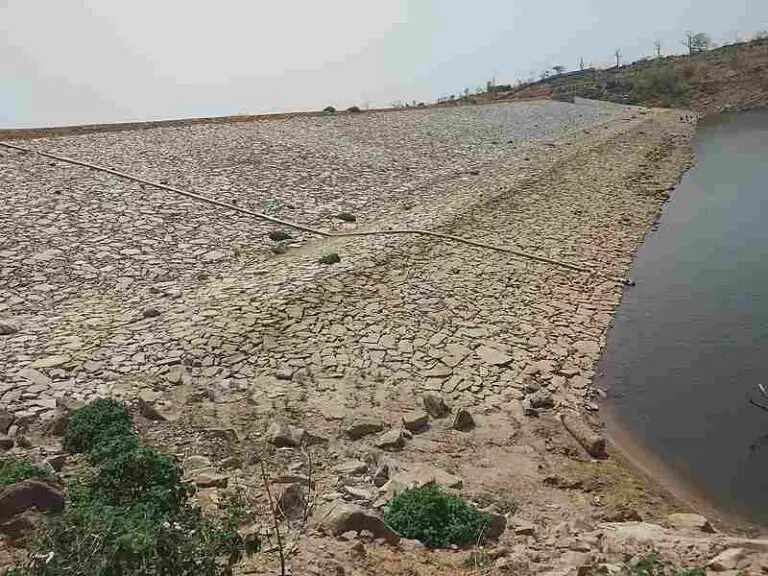Agroecology Definition, Goal, Principles, Types and Benefits
Agroecology is crop and livestock farming that prioritizes ecologic synergy and sustainability over short-term yields. This article discusses agroecology definition, goal, principles, types and benefits, as outlined below;
-Agroecology Definition: 5 Ways to Define Agroecology
-Agroecology and Regenerative Agriculture Comparison
-Agroecology and Sustainable Agriculture Comparison
Agroecology Definition: 5 Ways to Define Agroecology
Agroecology is an agricultural approach that seeks to unify the growth of crops and livestock with the conditions of the natural ecosystem [1].
The above definition outlines agroecology in terms of its basic mechanism and approach.
It also highlights the similarity between agroecology and other sustainable agricultural principles and practices. In the alternative agroecology definition that is given below, links to regenerative agriculture and sustainable farming are mentioned briefly;
Agroecology is a principle of sustainable agriculture that is similar to regenerative, organic and biodynamic farming by attempting to unify agriculture with naturally-occurring ecologic cycles, in order to boost sustainability and productivity [2].
It can be argued that the similarity between agroecology and other sustainable agricultural concepts, stems from the presence of common principles. The following agroecology definition mentions some principles of agroecology;
Agroecology is a system of agriculture that is based on principles like ecologic resilience and synergy, resource conservation, biodiversity, adaptability, recycling, energy efficiency, and environmental justice, and which aims to optimize productivity through ecologically-sustainable practices.
Types of agroecology are mentioned in the agroecology definition below;
Agroecology is the practice of growing crops and livestock in such a manner that aligns with the conditions and needs of the ecosystem, and may be any of various types like; crop-based, livestock-based, and integrated crop-livestock agroecology.

Lastly, agroecology definition is outlined based on the aspects of the concept, as follows;
Agroecology is a method of agriculture that includes social, economic, and environmental aspects which work together to harmonize crop and livestock growth with biogeochemical cycles and natural ecologic conditions.
Goal of Agroecology
The goal of agroecology is to make agricultural production sustainable by minimizing environmental impacts, conserving resources, and optimizing processes like carbon sequestration.
Principles of Agroecology
Principles of agroecology are;
1). Ecologic resilience
2). Resource conservation
3). Biodiversity
4). Adaptability
5). Recycling
6). Energy efficiency
7). Environmental justice
Aspects of Agroecology
Aspects of agroecology are;
1). Economic agroecology
2). Social agroecology
3). Environmental agroecology
Types of Agroecology
Types of agroecology are;
1). Crop-based agroecology
2). Livestock-based agroecology
3). Integrated crop-livestock agroecology
Importance of Agroecology
The importance of agroecology is due to its ability to unify agricultural production with ecosystem protection, so that crops and livestock be produced consistently without any significant environmental impacts.
Based on this it can be said that agroecology is important because of its sustainability, that makes it a recommendable practice for optimal yield without negative consequences.
An outline of the importance of agroecology can be further provided in terms of its benefits, some which are mentioned below.
Agroecology Benefits
Agroecology benefits include;
1). Improved ecologic resilience
2). Biodiversity enhancement
3). Water and soil conservation
4). Improved soil fertility
5). Optimal crop and livestock yield
Agroecology and Regenerative Agriculture Comparison
While the two concepts are very similar, agroecology is not the same as regenerative agriculture; because it places less emphasis on natural regeneration as a mechanism for crop and livestock growth and biodiversity.
Agroecology and regenerative agriculture are similar in terms of the effort to synergize agricultural variables with natural ecologic conditions.
Likewise, organic farming, permaculture and biodynamic farming are all similar to agroecology by attempting to harmonize crop and livestock growth with the existing conditions of the ecosystem.
Agroecology and Sustainable Agriculture Comparison
Agroecology and sustainable agriculture are similar in their pursuit of consistency, reliability and optimal performance of crop and livestock yields.
Agroecology can be categorized among the principles of sustainable agriculture; meaning that sustainable agriculture is a much broader concept in scope and application, than agroecology.
Sustainable agricultural practices like crop rotation, contour farming and rotational grazing can all be implemented under agroecologic farming, as well.
Agroecological Systems
Agroecological systems are agricultural systems that are managed in such a manner that synergizes their components and processes with those of the natural environment.
Agroecological systems may occur in various contexts that include; intercropping, holistic management, agroforestry and silvopastoral farming.
Components of agroecological systems are;
1). Natural resources (soil, water)
2). Natural biodiversity
3). Agricultural biodiversity
4). Physicochemical variables (pH, temperature, salinity…)
Conclusion
Agroecology is the concept and practice of growing crops and livestock in such a manner that does not disrupt natural ecologic equilibrium of the farming environment.
The goal of agroecology is to achieve sustainable agricultural production through environmental impact mitigation, resource conservation, and process optimization.
Principles of agroecology are; ecologic resilience, resource conservation, biodiversity, adaptability, recycling, energy efficiency, and environmental justice.
Aspects of agroecology are; economic, social and environmental aspects.
Types of agroecology are; crop-based, livestock-based, and integrated crop-livestock agroecology.
The importance of agroecology is based on its simultaneous optimization of agricultural productivity and ecosystem health.
Agroecology benefits include; improved ecologic resilience, biodiversity enhancement, water and soil conservation, improved soil fertility, and optimal crop/livestock yield.
The main difference between agroecology and regenerative agriculture is that regenerative agriculture is more focused on natural regeneration as a means of ensuring continuity of agricultural biodiversity.
However, both agroecology and regenerative agriculture share the approach of using environment-friendly techniques.
Agroecology is related to sustainable agriculture in terms of context, purpose, and application.
References
1). Food and Agriculture Organization of the United Nations (FAO) (2015). “Agroecology for food security and nutrition: Proceedings of the FAO International Symposium.” International Symposium on Agroecology for Food Security and Nutrition; Rome, Italy. Available at: https://www.fao.org/family-farming/detail/en/c/342680/. (Accessed 23 December 2022).
2). Tittonell, P.; El Mujtar, V.; Félix, G.; Kebede, Y.; Laborda; L.; Soto, R. L.; de Vente, J. (2022). “Regenerative agriculture—agroecology without politics?” Frontiers in Sustainable Food Systems 6. Available at: https://doi.org/10.3389/fsufs.2022.844261. (Accessed 23 December 2022).




